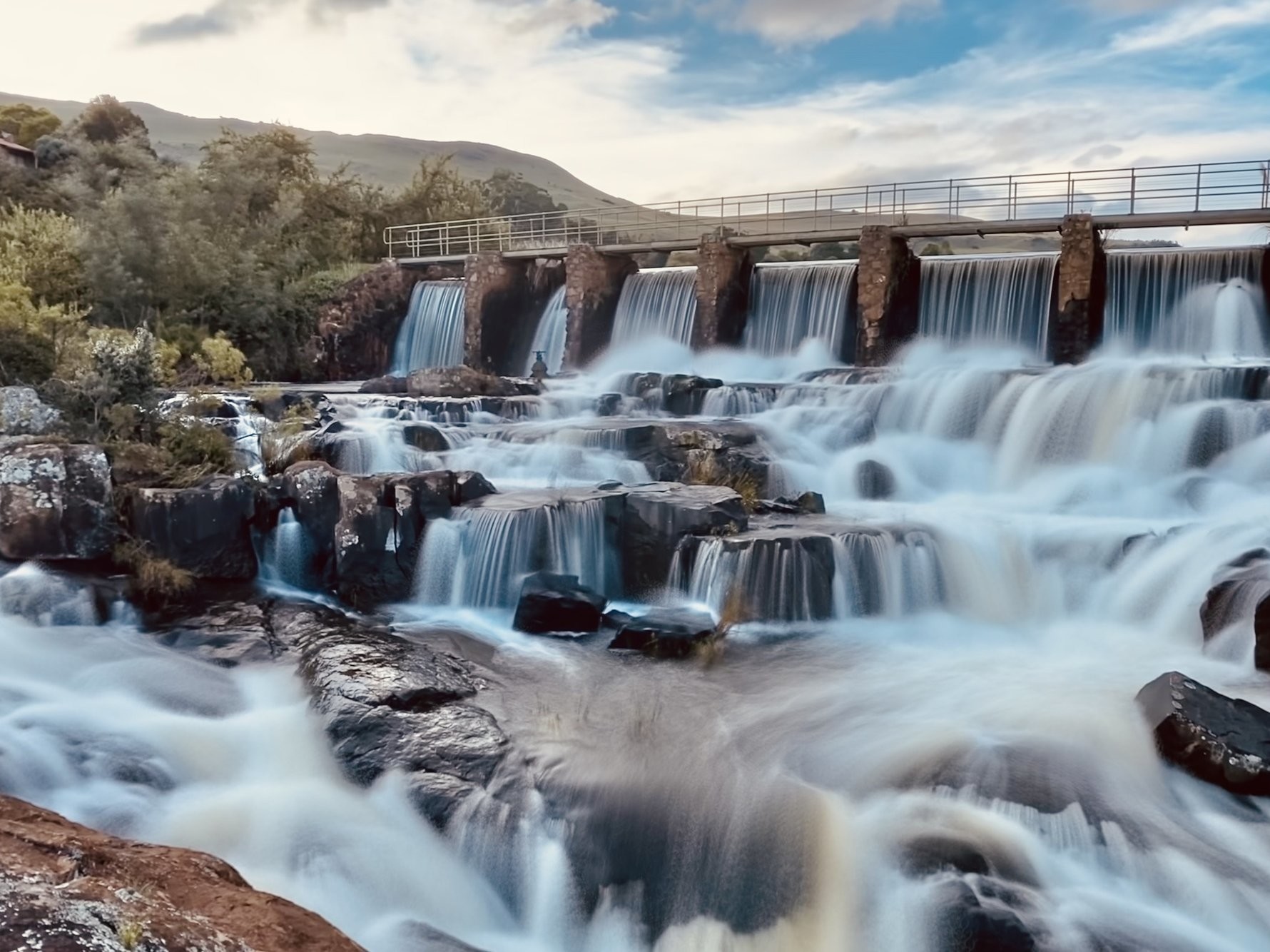Johannesburg North Attractions for Beginners
Johannesburg North Attractions for Beginners
Blog Article
Johannesburg North Attractions - Questions
Table of ContentsJohannesburg North Attractions - An Overview9 Simple Techniques For Johannesburg North AttractionsSome Known Factual Statements About Johannesburg North Attractions Our Johannesburg North Attractions IdeasJohannesburg North Attractions Things To Know Before You Get ThisA Biased View of Johannesburg North Attractions
The city owes its place to the existence of an even more precious resource: gold. The city grew on the side of the Witwatersrand Main Reef, a below ground stratum of gold-bearing quartz-silica corporation that arcs for hundreds of miles underneath the Highveld. Many of the gold mines in the city discontinued operation in the 1970s, but in its day the Witwatersrand gold sector made up more than 40 percent of the globe's annual gold production.Johannesburg has a pleasant climate. Summer temperature levels average concerning 75 F (24 C); winter season temperatures balance regarding 55 F (13 C) and only occasionally dip below cold. The city appreciates concerning eight hours of sunshine per day in both wintertime and summertime. Rain standards about 28 inches (700 millimetres) per annum, yet the total varies considerably from year to year.
What rain the city gets falls nearly exclusively in the summertime months, often in stunning late-afternoon electrical storms., where lots of locals still count on coal for fuel.

Johannesburg North Attractions Things To Know Before You Get This
The equilibrium of the city is inhabited by whites. Holiday accommodation differs in character and high quality.
Physical development, although somewhat limited by transport, continued promptly as migration to South Africa, and Johannesburg in specific, increased considerably.
The majority of bad suburban areas were combined, with bad blacks and whites cohabiting, although the well-off suburban areas were normally reserved for whites. This altered with the election of the National Party in the 1948 elections, who began to formalise the system understood as apartheid. Racism officially designated which suburban areas each race might stay in under the Group Areas Act.
The previous system of eleven numbered areas was reorganised in 2006. Marshalltown, as seen from the top of the Carlton Centre. The M1 and M2 run behind the helpful site structures, and the southerly residential areas expand past the highway boundary. The central city of Johannesburg is situated within the city's Area F. The approximated populace of the area is 200,000, [] The number of people living in the inner city on an informal basis is unknown, as several are prohibited immigrants. Many higher-income residents and white people have transferred to the north suburbs and have been replaced by lower-income black individuals. The joblessness, education, and age accounts of the area are all unidentified, as a result of the trouble of acquiring dependable details about the location.
The Definitive Guide for Johannesburg North Attractions
Yeoville and Bellevue have a mix of home structures and solitary residential devices on small great deals. The region is located on a hilly divide that runs from eastern to west.

Johannesburg Stadium, a training school for both the Golden Lions and Orlando Pirates, is surrounding. The eastern residential areas of Johannesburg lie in the city's 7th [] and 9th [] regions. The location is additionally functionally integrated with East Rand border communities outside of the main boundary of Johannesburg, such as Bedfordview and Edenvale (both component of Ekurhuleni Metropolitan District).
Little Known Facts About Johannesburg North Attractions.
The eastern suburbs are some of the oldest locations of Johannesburg, there are big communities of Jewish and other European histories, the majority of the population is English speaking. address There are i thought about this 3 golf courses as well as a number of safeguarded ridges with viewsites.
Originally constructed to house male migrant employees, numerous have actually been boosted as houses for pairs and family members. The suburb was not traditionally permitted to develop employment centres within the location, so nearly all of its locals are travelers to various other components of the city.
Things about Johannesburg North Attractions
The domestic locations in the north residential areas are mostly formal, with no significant areas of informal housing, or real estate that lacks a long-term framework. This is an established location, there is a fad of land use change from domestic to commercial, especially along main arterial roads and around recognized nodes.
Roads to the eastern and west are much less well created, as there are no highways taking a trip in that instructions. Towards the north boundary of the city, the density of development decreases, leaving large areas of untaught land around Midrand.
Johannesburg North Attractions Fundamentals Explained
, which is situated on a hill overlooking the internal city and Hillbrow.
Report this page